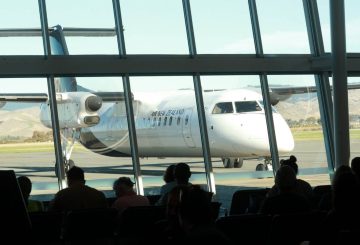Genesis Energy公开了其对去年气旋加布里埃尔的处理情况,目的是揭穿有关他们通过 “打开闸门” 导致怀罗阿洪水的传闻。该公司最近邀请媒体参观怀卡雷莫阿纳湖发电站,以展示他们在气旋期间所做的努力以及他们对可再生能源的持续承诺。
发电厂的Genesis团队为在洪水期间保持该地区的运转所做的努力感到自豪。它们是当时唯一运行的主要发电机。如果没有发电站,该地区可能会经历长期停电。
创世记还谈到了有关闸门的传言。他们解释说,Onepoto的进气口结构没有可以打开的闸门。飓风过后,一项独立审查发现,怀罗阿的洪水中只有1%是由创世纪的水造成的。其余的洪水是由溪流和河流的溢出造成的。怀罗阿区议会目前正在审查这些数据。
在气旋袭击之前,Genesis已将湖泊降低了6%,以降低溢出的风险。在洪水期间,他们必须根据每秒35-40立方米之间的资源同意率管理水流。
Genesis正在大力投资可再生能源,并计划到2030年投资10亿美元。他们专注于太阳能和风力发电场,也在考虑生物质能,这涉及将木托盘转化为能源。这是他们在亨特利发电站用更多可再生能源取代煤炭的努力的一部分。
Genesis强调说,他们的电力计划是河流流量的安全控制点。没有它,就无法控制湖水。他们还强调了在亨特利基地建造大型电网规模电池的计划,以管理太阳能和风能的间歇性。




























































